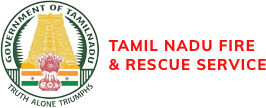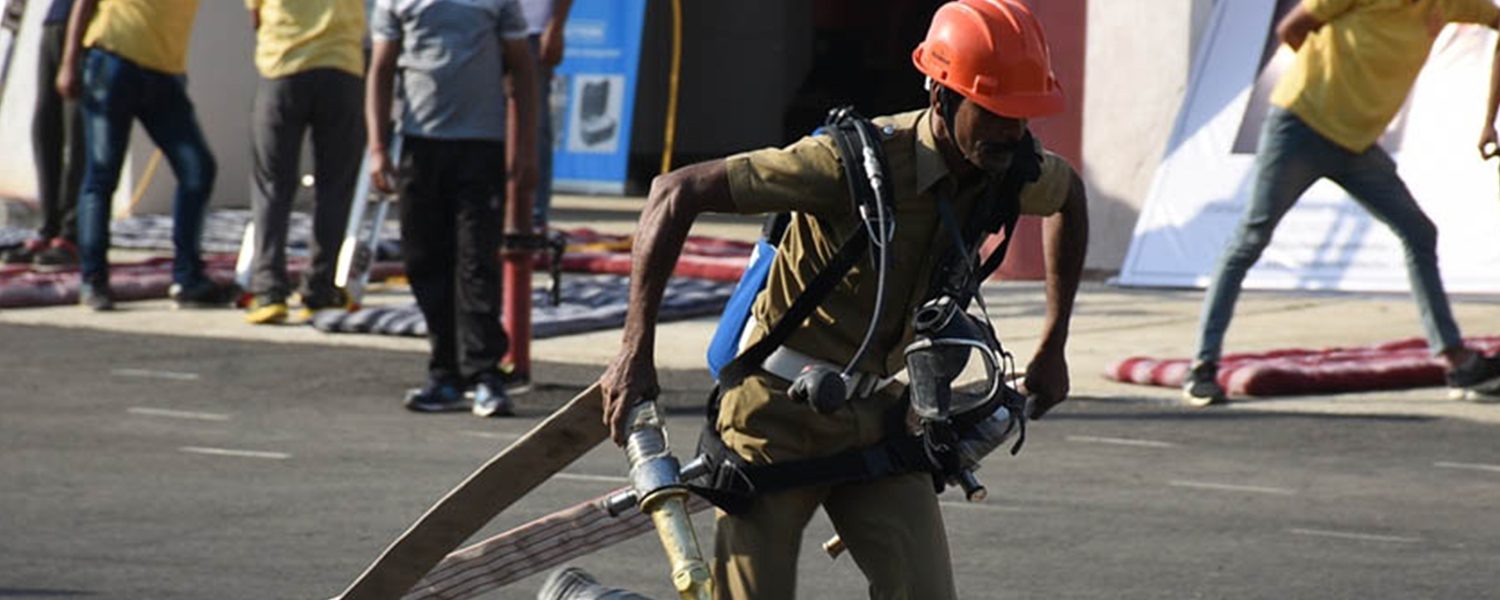Disasters can strike at any time and can be incredibly disruptive, causing widespread damage, injury, and loss of life. It’s essential to know what to do and what not to do when disaster strikes to stay safe and minimize the damage. Here are some general do’s and don’ts to keep in mind:
Remember that disasters can be unpredictable and quickly escalate, so it’s crucial to stay informed, prepared, and follow safety guidelines to minimize the impact.
Safety guidelines for Disasters
DO’S :
- Have an emergency plan in place before a disaster occurs, including a way to communicate with family and loved ones, and practice it regularly.
- Stay informed by monitoring news and weather reports for updates and follow the instructions of local authorities.
- Pack an emergency kit that includes essentials such as food, water, and first aid supplies.
- Evacuate immediately if instructed to do so by authorities and follow designated evacuation routes.
- Help others in need if you are able to do so safely.
- Stay calm and remain patient during and after the disaster.
DON’TS :
- Don’t ignore evacuation orders or warnings from local authorities.
- Don’t use elevators during an emergency or power outage.
- Don’t touch downed power lines or electrical equipment, as they can be deadly.
- Don’t use candles as a source of light, as they pose a fire hazard.
- Don’t drive through flooded areas or standing water, as it can be dangerous and cause vehicle damage.
- Don’t spread rumors or false information, as it can cause panic and confusion.
Safety guidelines for Disasters

